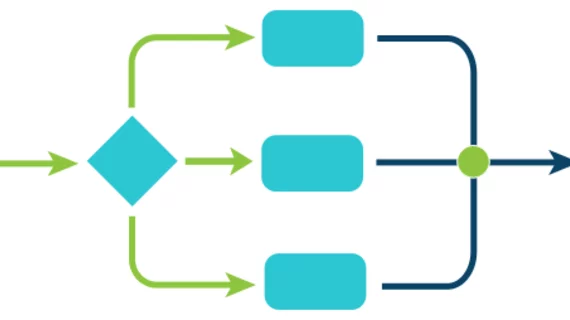One size does not fit all when it comes to adopting AI into radiologists' workflows. That’s the message Penn Medicine physician William W. Boonn, MD, encouraged radiologists, developers and vendors to remember while speaking during the annual RSNA meeting in Chicago on Nov. 26.
“In order for us to develop workflows that are actually going to be used by radiologists, we need to break down some of these silos and enable better communication, better integration between the two,” Boonn said.
There are several benefits that come with adopting AI into workflows, including improving patient care. In order to do so, providers must improve accuracy, reduce variability and improve efficiency within the AI system. Other benefits, Boonn explained, included improving radiologists' workflows and reducing costs.
“If we want to develop a workflow that actually works, one that will actually deliver the value that’s been promised to us, we need everyone to work together. Our goals here, with AI in radiology, obviously No. 1 is to improve patient care,” Boonn said. “We have a greater opportunity to here to improve radiologist workflow, as well, reduce burnout and allow radiologist to now focus on the big picture.”
But it’s communication and variability challenges that are holding radiologists back from seeing these benefits. Boonn used an example of a typical or simple workflow used by radiologists while analyzing images.
The process begins with image acquisitions, where the images are uploaded into a picture archiving and communication system (PACS). The radiologist then reads the images in the PACS and inputs the findings into a radiology report, which they later approve.
When AI is brought into the equation, the workflow changes quite a bit.
“It’s fairly straightforward...it’s one way,” Boonn said. “When we implement AI, it becomes a little bit more complicated.”
With AI, the process similarly begins with image acquisition. The images are then sent to not only PACs, but also into an AI algorithm for processing. The AI findings are reviewed and can be accepted, rejected, added to or edited. Once accepted, the findings are sent back to the PACS for permanent archive and then sent to the radiology report.
The challenge with this method is that it doesn’t allow for two-way communication, Boonn said. By adding natural language processing and two-way communication methods, radiologists' workflows can remain in sync. Additionally, feedback and communication between radiologists and AI algorithm developers can enable two-way communication, Boonn said.
“We need to make sure we work together to leverage existing standards, and we may have to develop new ways to enable some of this bidirectional communication,” Boonn said. “And once again, remember one size does not fit all.”

